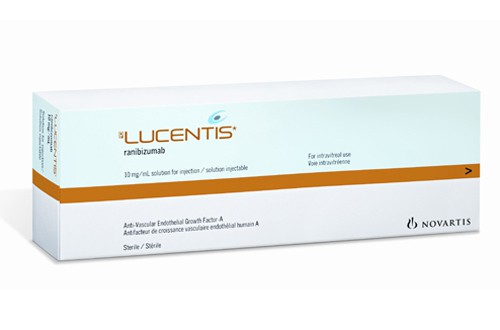
Even more NHS patients in England and Wales are set to have access to Novartis’ Lucentis after the drug was backed as the first medicine recommended to treat leaking blood vessels in people with a rare eye condition
Cost-effectiveness watchdog the National Institute for Health and Care Excellence (NICE) issued final draft guidance recommending Lucentis (ranibizumab) for the treatment of choroidal neovascularisation (CNV) associated with a form of short-sightedness called pathological myopia.
The recommendation went straight to final draft guidance, bypassing public consultation, in order to speed up the process. But it was only made after Novartis offered to put in place a patient access scheme, meaning the pharma company will cover part of the drug’s cost, effectively cutting its price.
Pathological myopia is a chronic form of myopia, which is characterised by excessive lengthening of the eye. It can lead to growth of abnormal leaky blood vessels in the back of the eye, known as CNV, which can result in severe vision loss.
Current care on the NHS includes the use of Visudyne (verteporfin) as part of photodynamic therapy – the use of light to activate light-sensitive drugs when near a treatment target.
However, there is no specific NICE recommendation for the use of Visudyne in this area, and the condition is generally just stabilised rather than improved through its use.
NICE’s appraisal committee agreed that Lucentis was superior to photodynamic therapy in terms of both improving quality-adjusted life years (QALYs) and reducing costs.
“Being able to offer patients access to ranibizumab will make a significant difference to the treatment outcomes we can achieve,” said Adnan Tufail, a consultant ophthalmologist at Moorfields Eye Hospital.
“As the clinical trials have shown, ranibizumab can restore vision rapidly in some patients and importantly with just a few injections.”
Final guidance is expected in November. It will add to existing NICE recommendations for Lucentis, which include its use on the NHS in the treatment of wet age-related macular degeneration (AMD); diabetes-related macular oedema; and macular oedema caused by a blockage in a vein in the retina.
The NICE recommendation is the second in the space of a week for Novartis, which two days ago received a green light for Jetrea (ocriplasmin) to treat patients with the rare eye condition vitreomacular traction.




